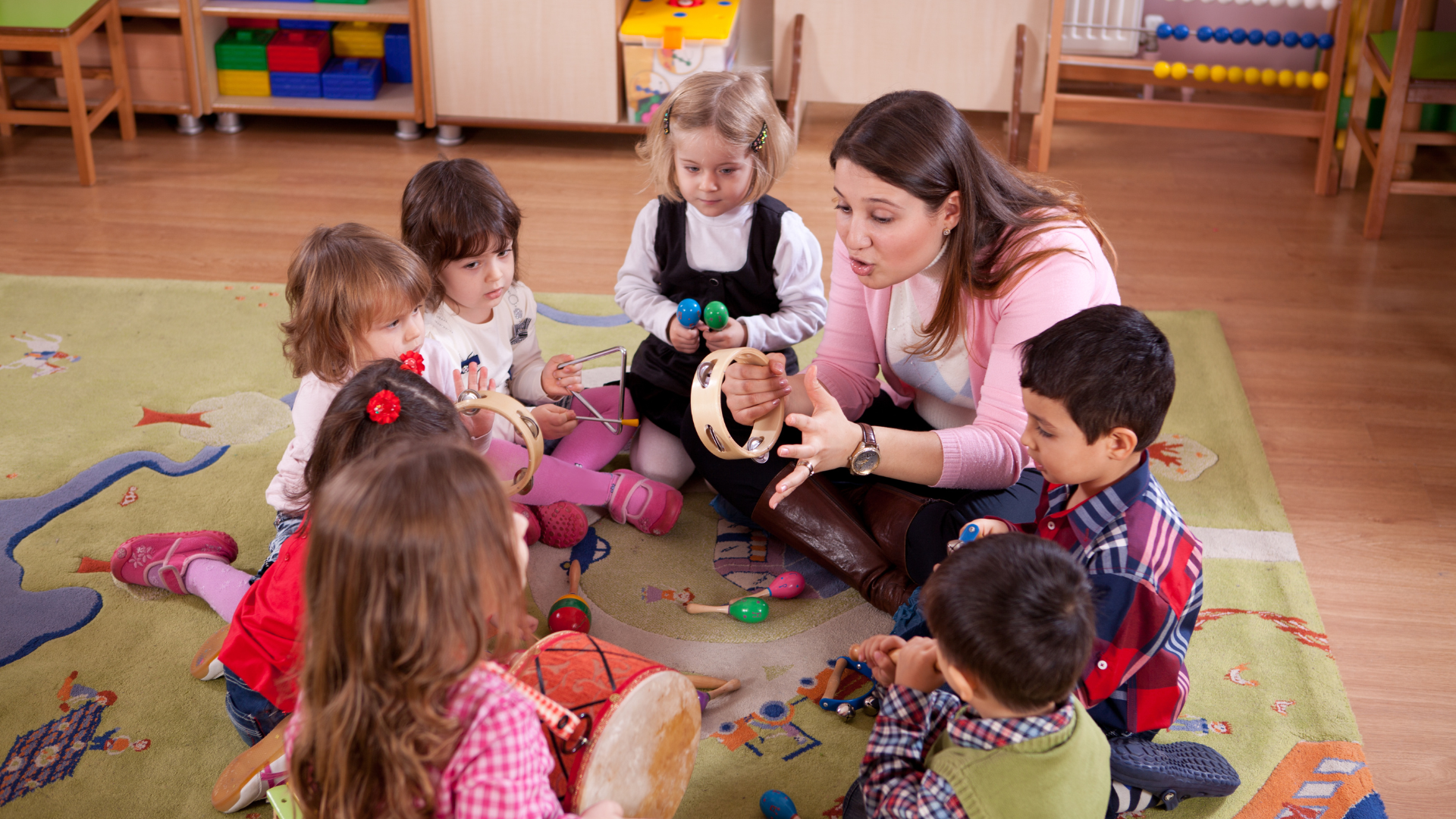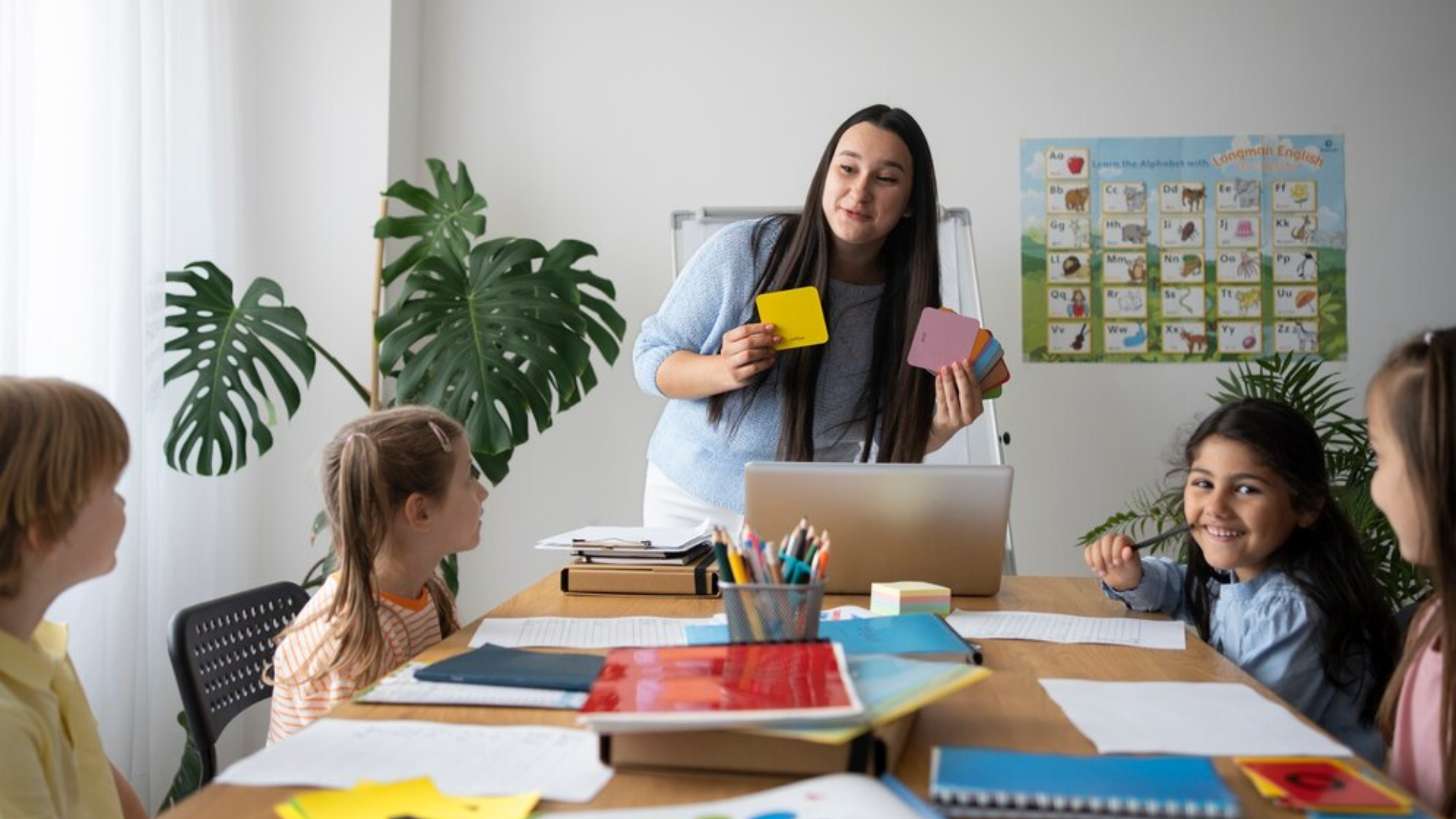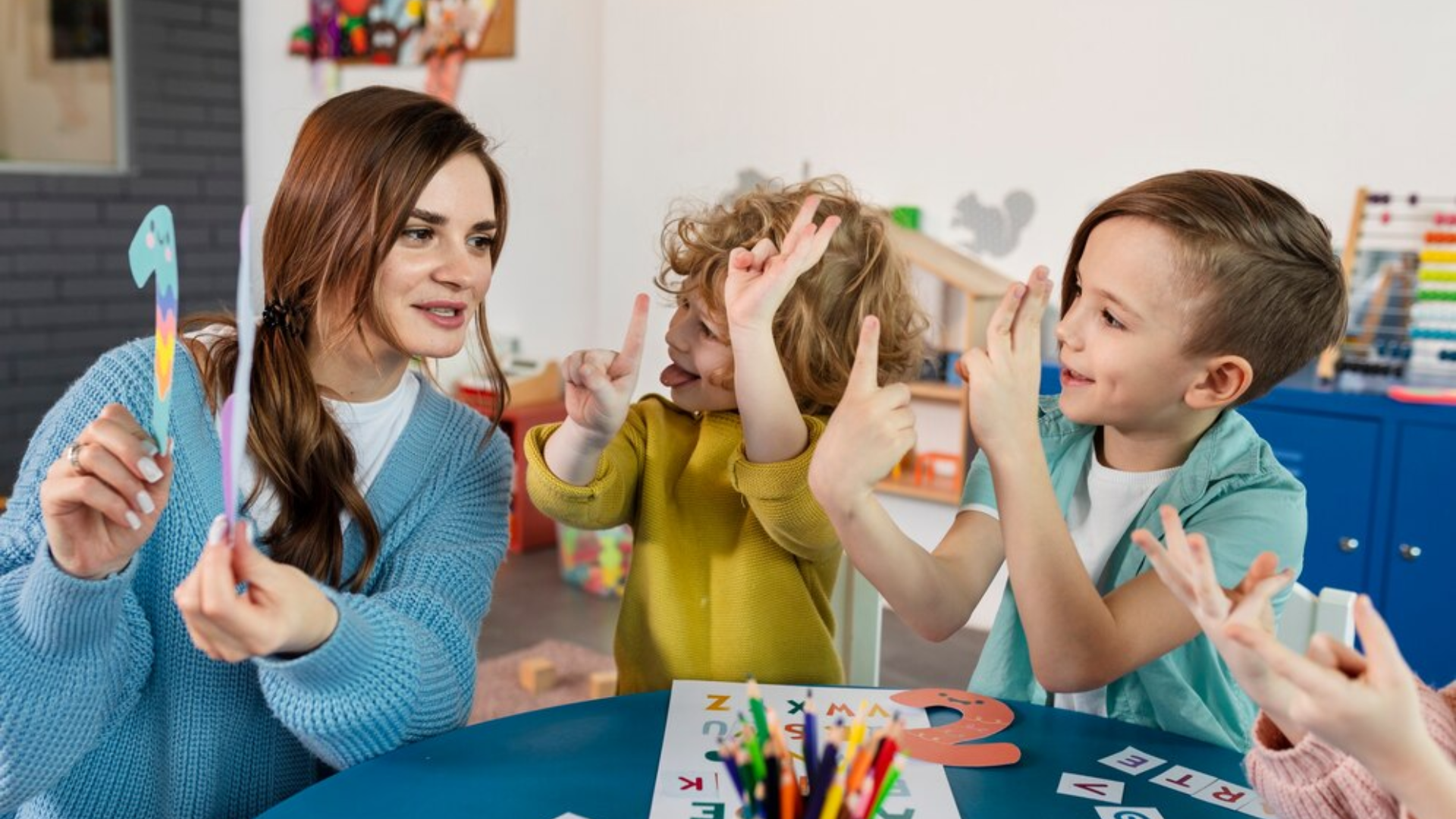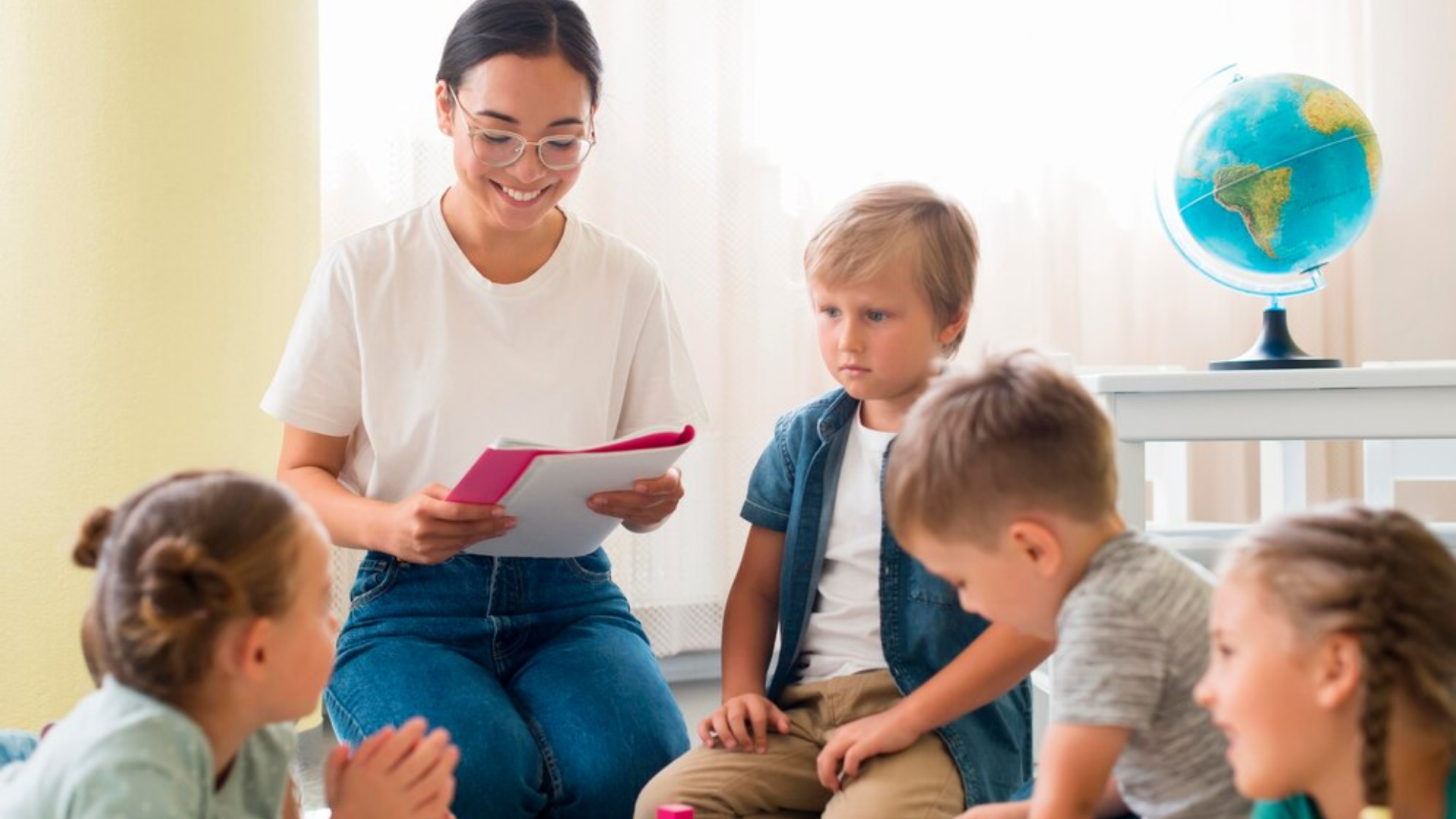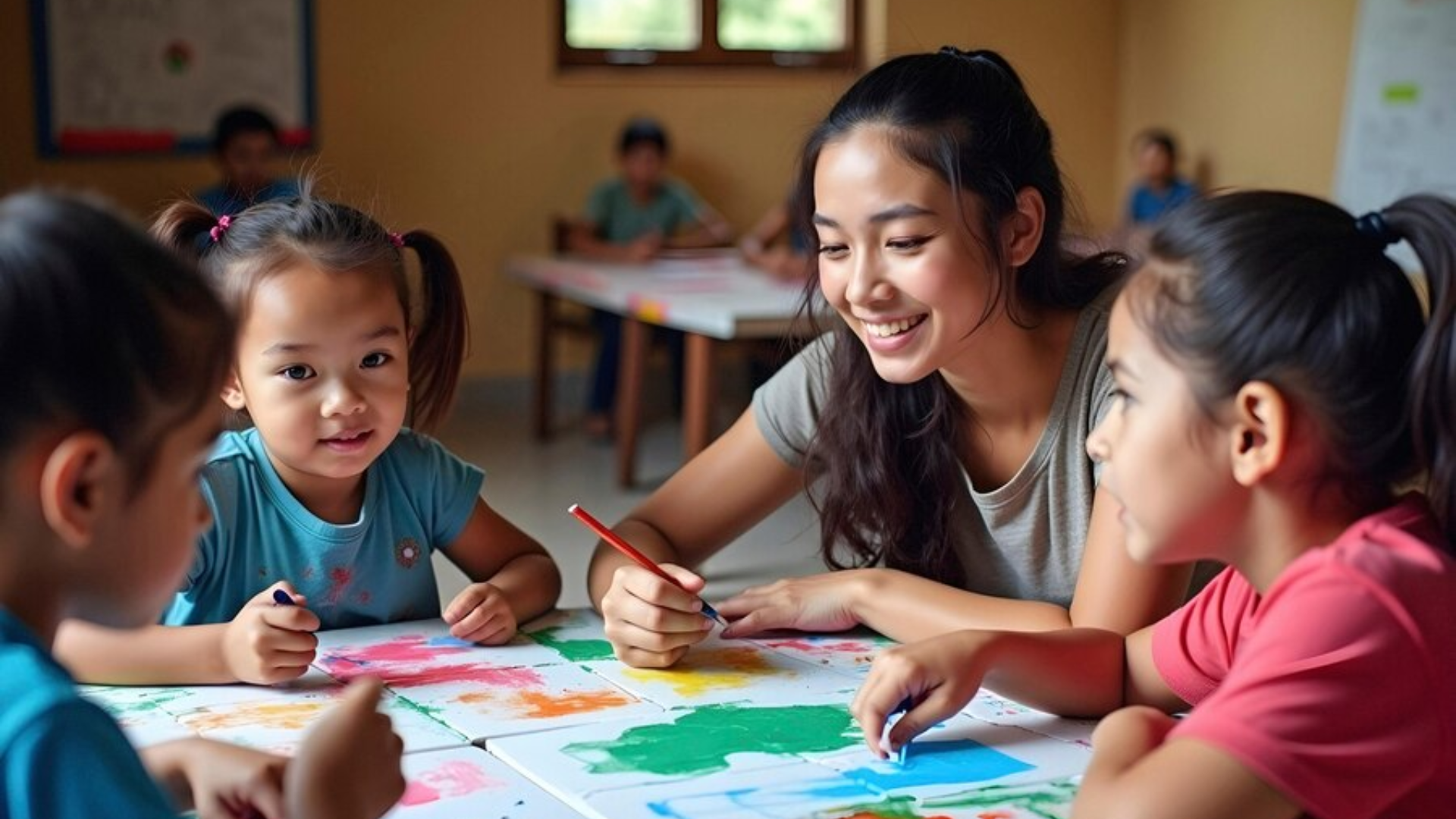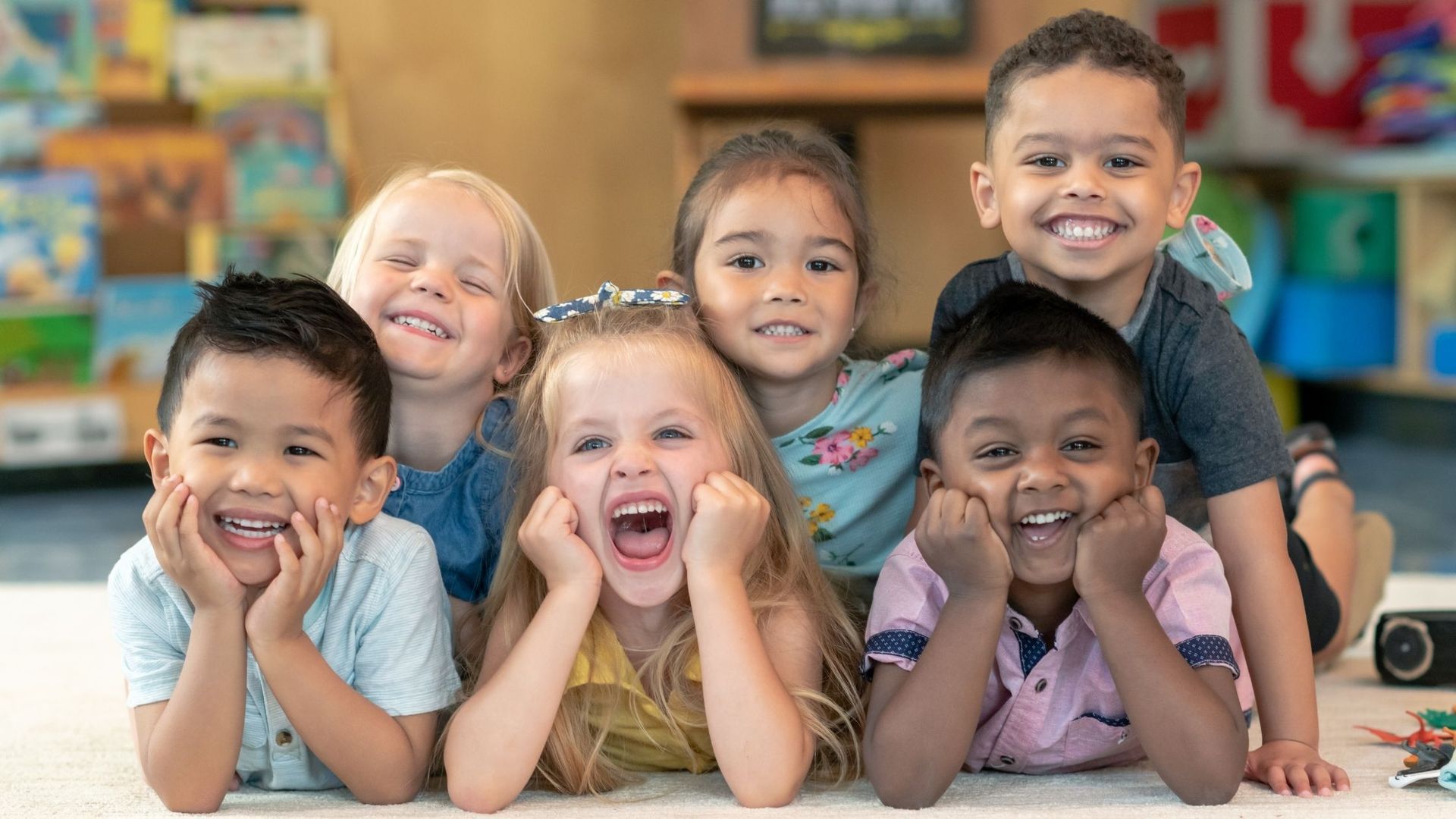How to Help Young Children Express Big Emotions

If you’ve ever seen your toddler throw a tantrum, burst into tears, or freeze up in frustration, you’ve witnessed first-hand how overwhelming emotions can be for young children. For many parents, the intensity of these outbursts can be confusing and stressful. However, these emotional moments are completely normal and are an essential part of a child’s development. What matters most is how we as caregivers and educators respond.
At Oakridge Children’s Academy, we understand that helping young children navigate and express their emotions is a crucial part of their overall development. While it may seem like toddlers and preschoolers are simply acting out or being stubborn, they’re actually learning how to manage complex feelings that they may not yet have the language or coping skills to express.
In this blog post, we’ll explore why big emotions are a natural part of childhood, how to support your child in expressing their feelings, and strategies to help them build emotional intelligence from a young age.
Why Big Emotions Are Normal in Young Children
Emotions are a natural and essential part of being human. Young children experience a wide range of feelings, but they often don’t have the words or self-regulation skills to express them effectively. For example:
- Anger might show up as a tantrum or hitting.
- Sadness might result in crying or withdrawing.
- Frustration can lead to whining or refusing to follow directions.
- Fear might manifest as clinging, refusal to try new things, or being easily startled.
These emotional reactions are not a reflection of “bad behavior.” Instead, they’re an expression of how children are experiencing the world around them. In fact, this stage in emotional development is incredibly important. Children are learning how to process their feelings, how to identify what they’re feeling, and how to express those emotions in ways that are appropriate and constructive.
At Oakridge, we focus on helping children build the emotional literacy they need to identify and label their feelings. The goal is to move beyond the "big reactions" and into the realm of healthy emotional expression.
How to Help Children Express Big Emotions
Helping young children express their big emotions isn’t about eliminating those feelings—it’s about teaching them how to communicate, process, and cope with their emotions in a healthy way. Here are several strategies to support your child in doing just that:
1. Create a Safe Emotional Environment
Children are more likely to open up about their feelings when they feel safe and understood. Be sure to create an environment at home and at school where it’s okay to feel emotions, whether it’s happiness, frustration, anger, or sadness.
Acknowledge their feelings: Rather than dismissing their emotions (“Don’t cry, it’s no big deal!”), try to say something like, “I can see that you’re really upset. It’s okay to feel that way.”
Validate their experience: Even if you don’t fully understand why your child is upset, it’s important to show that you respect their feelings. This lets your child know their emotions are taken seriously.
At Oakridge Children’s Academy, we ensure that children feel emotionally safe in the classroom by using positive reinforcement and empathetic listening. Our educators make sure that every child feels heard and validated, whether they are feeling joy or frustration.
2. Label Emotions with Simple Words
For young children, learning to identify and name emotions is one of the first steps in being able to manage them. When your child is upset, use simple and clear language to label what they might be feeling, such as “You seem frustrated,” “I think you’re feeling sad,” or “It looks like you’re excited!”
Use picture books: Reading stories with characters who experience and express different emotions is an excellent way to help your child understand feelings.
Emotion cards or charts: Some families find it helpful to use emotion cards or charts with faces showing different emotions. These visual aids allow children to connect the word with the feeling.
At Oakridge, we use a variety of tools to help children understand their emotions. Whether through interactive storytime, role-playing games, or using visual cues like emotion boards, we help children identify and express their feelings in healthy ways.
3. Model Calmness and Emotional Regulation
Children are keen observers and often imitate the behavior of the adults around them. When you are calm and composed in the face of difficult emotions, you’re teaching your child how to manage their feelings in a similar way.
Take deep breaths: If you’re feeling frustrated, show your child how to take a few deep breaths to calm down. Saying, “I’m feeling frustrated, so I’m going to take a deep breath,” helps them understand that it’s okay to feel that way, and that there are healthy ways to cope.
Use positive self-talk: Children learn a lot from the words you use. Instead of saying “I can’t handle this,” try something like, “This is tough, but I know I can figure it out.”
4. Help Children Develop Coping Strategies
While emotions themselves are natural, it’s the way children handle those emotions that we can help them with. Helping children develop coping strategies—before a tantrum occurs—is key to emotional resilience.
Offer choices: If your child is upset, give them choices that can help them regain control. For example, “Would you like to take a break and play with your toys or sit with me and read a book?”
Encourage calming activities: Teach your child simple strategies for self-soothing, such as squeezing a stress ball, hugging a stuffed animal, or finding a quiet space to calm down.
Introduce creative outlets: Sometimes, the best way to work through big feelings is through creative expression. Encourage your child to draw, paint, or play with playdough as a way to express their emotions without words.
At Oakridge, we teach children to identify and practice calming techniques that they can use when they feel overwhelmed. Our classrooms are equipped with calming spaces and sensory activities that help children regain their focus and calmness.
5. Provide Opportunities for Emotional Expression Through Play
Play is the natural way young children learn about the world, including their own emotions. Through play, children can process their feelings, try out different roles, and understand how others might feel.
Pretend play: Let your child play out situations that might involve emotions, like “playing house” or pretending to be a superhero who has to manage big challenges.
Role-playing games: Use dolls, action figures, or puppets to reenact situations where characters face different feelings. For example, “What happens when you feel mad? How can we help the character calm down?”
Play is not only fun—it’s therapeutic. At Oakridge Children’s Academy, we incorporate emotional learning into our play-based curriculum, allowing children to express themselves freely and develop essential emotional skills.
Understanding and addressing separation anxiety during the early years is essential for a child's emotional development. Learn more about how to ease separation anxiety and support your child's emotional growth in our post on
Understanding Separation Anxiety and How to Ease It, and discover why the first five years are crucial for learning in our article
Why the First Five Years Are the Most Important for Learning.
Conclusion: Empowering Children with Emotional Intelligence
Helping young children express big emotions is a critical part of their social and emotional development. By creating a supportive environment, validating their feelings, and teaching them strategies to cope with their emotions, we are equipping them with the emotional intelligence they will need throughout their lives.
At Oakridge Children’s Academy, we believe that every child deserves the opportunity to feel safe, valued, and understood. We work alongside parents to guide children through their emotional journeys with empathy and care, helping them navigate their feelings and embrace the world with confidence.
Remember, big emotions are a natural part of growing up. With patience, love, and guidance, children can learn how to express their feelings in healthy ways, helping them thrive emotionally and socially for years to come.
